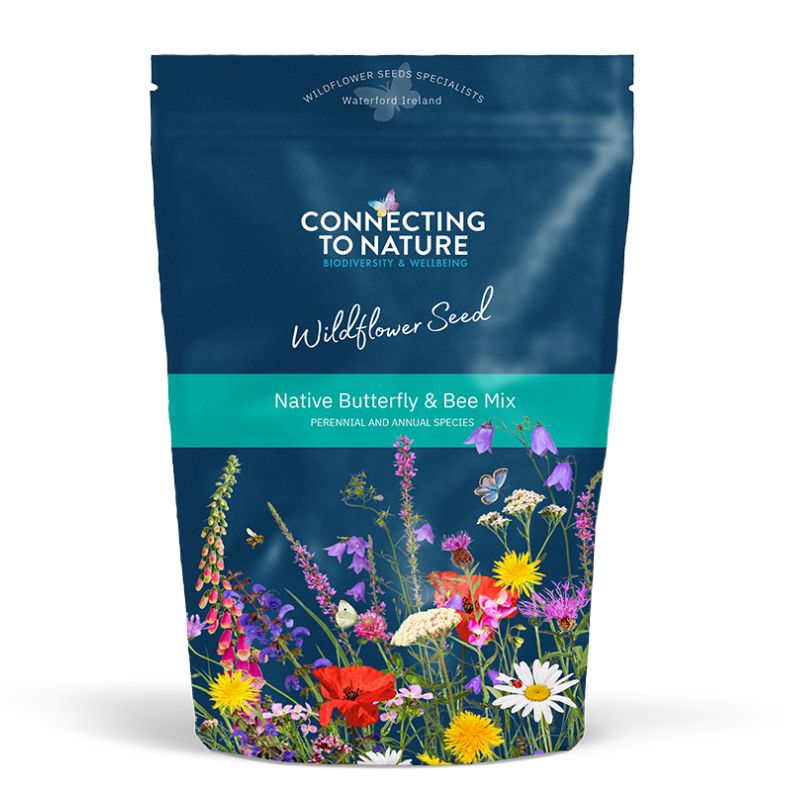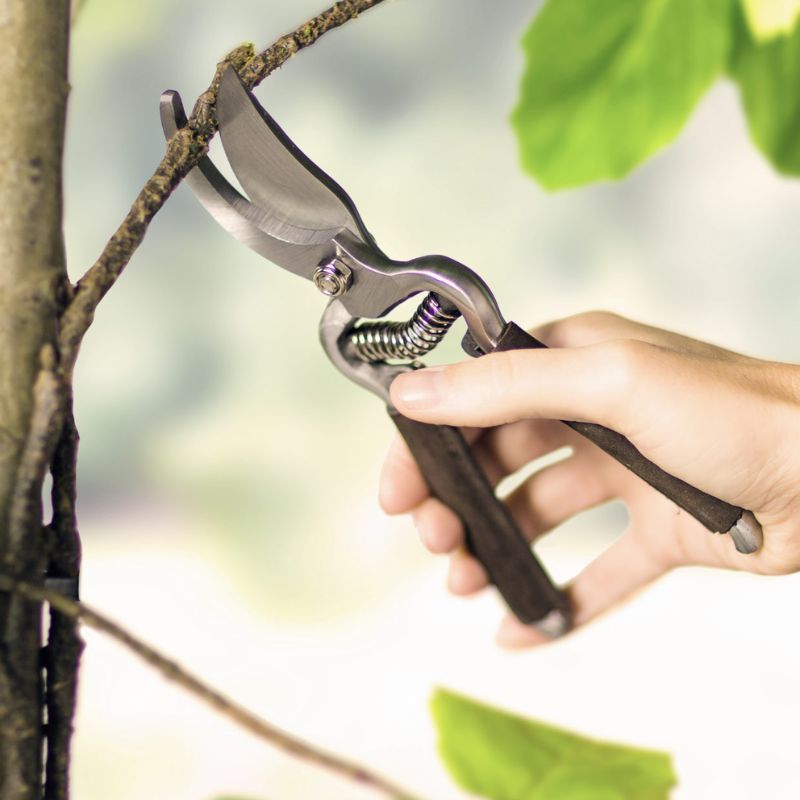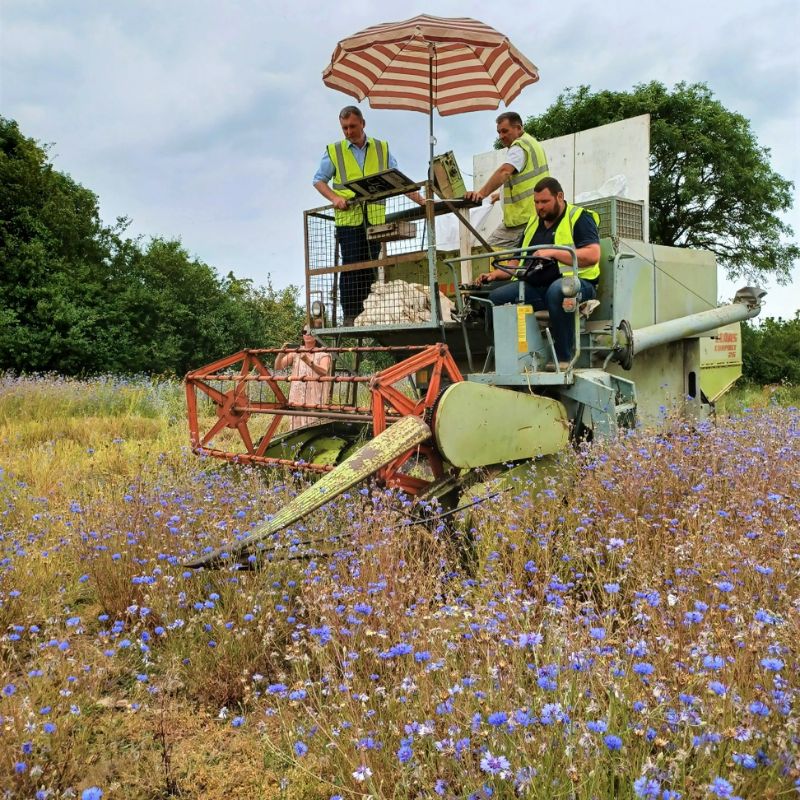Why creating wild margins on farming land makes sense
Modern farming requires optimum production from the land leading to larger-scale farming, and a decline in some important habitats for wildlife and farmland biodiversity.
However, there remain unproductive areas on all farms where a few simple changes to practices can substantially enhance wildlife and farmland biodiversity.
Simple changes like creating areas for birds and pollinators either by planting wild bird seed areas, leaving small areas to grow wild, leaving unharvested headlands or more permanent features such as hedges, grass margins and beetle banks can create a diverse network of habitats suitable for a range of species.
Options such as field margins and buffer strips can protect watercourses and hedges, meet cross-compliance regulations, and create valuable habitats for various species.
Some of these areas are funded under various schemes like GLAS or meet requirements under Basic Payment obligations, and the new CAP coming in 2023 will be more focussed in this whole area. Just look at the progression from the first REPS in 1994 to the modern GLAS to see how far we have come in this entire area.
Tillage farming means high levels of disturbance through cultivation, harvesting etc. Margins can be as permanent as you like and are a refuge for essential insects and smaller animals unable to persist in the adjacent crops.
These cascade to providing food for larger animals and birds such as owls etc. who will prey on the small animals in such cover. Solitary bees will also live in these areas and are a huge part of the pollinating power required to fertilise important crops like beans, oilseed rape, fruit, and some vegetables.
Another huge benefit is the use these margins can offer as providing buffer strips for watercourses. Ireland’s water quality is declining, but simple changes can remove agriculture as a part of this problem.
Smart nutrient management planning with carefully placed buffer strips will significantly improve our water quality over time and allow production to take place where it should – on productive land making the best use of limited inputs.
This is where the whole system makes sense: a wild margin with some flowering plants offering food and shelter for bees, beneficial insects and small animals and preventing nutrients from getting into the water.













